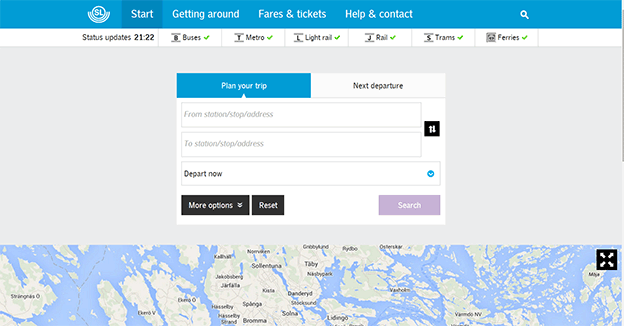For your reading pleasure this time, a collection of links (with summaries) including articles related to: web management, UX, cookies, search, UX and search.
Web management, UX, mobile web
10 rules to make a great online bank dashboard – Meniga blog
The headline says “online bank” but these 10 rules are

